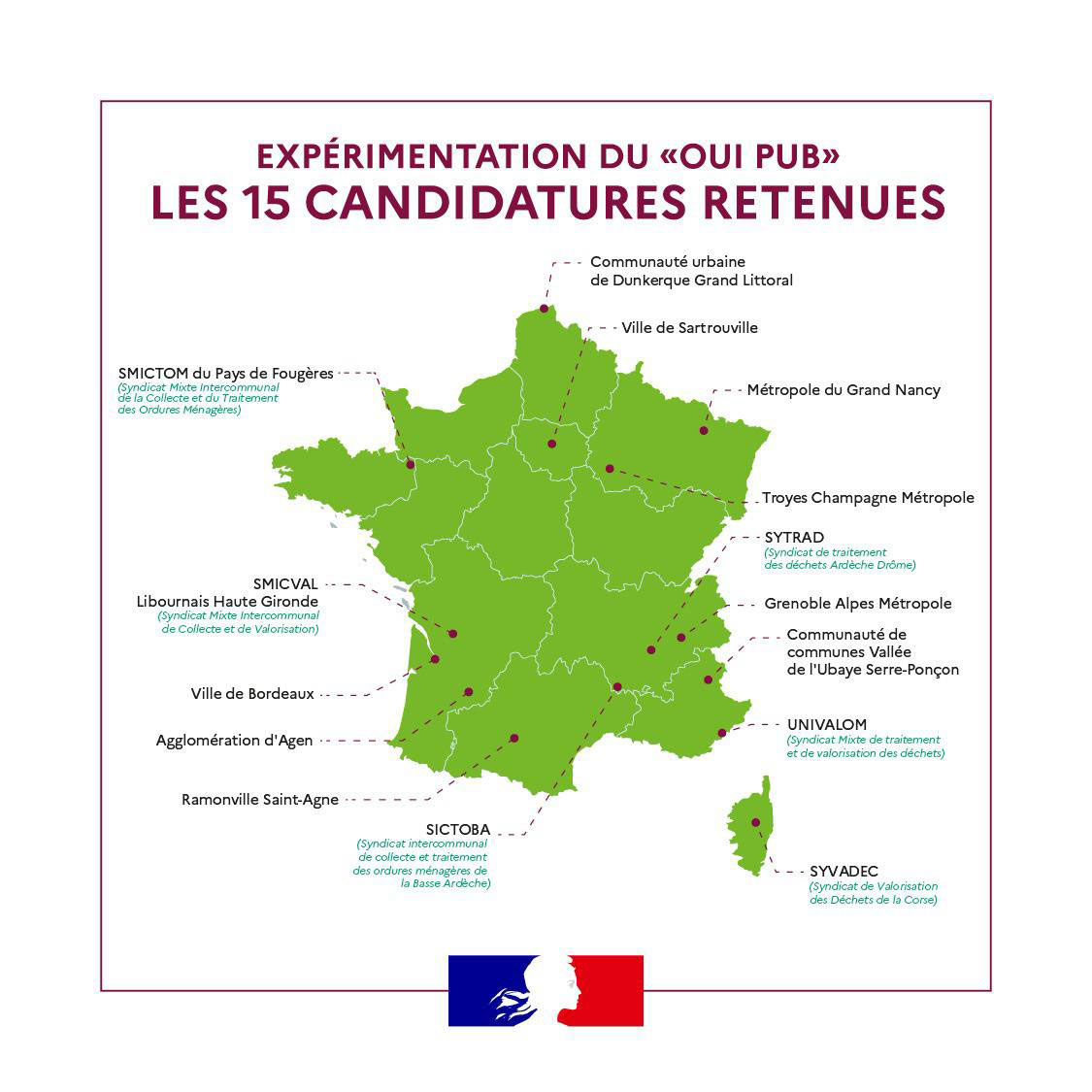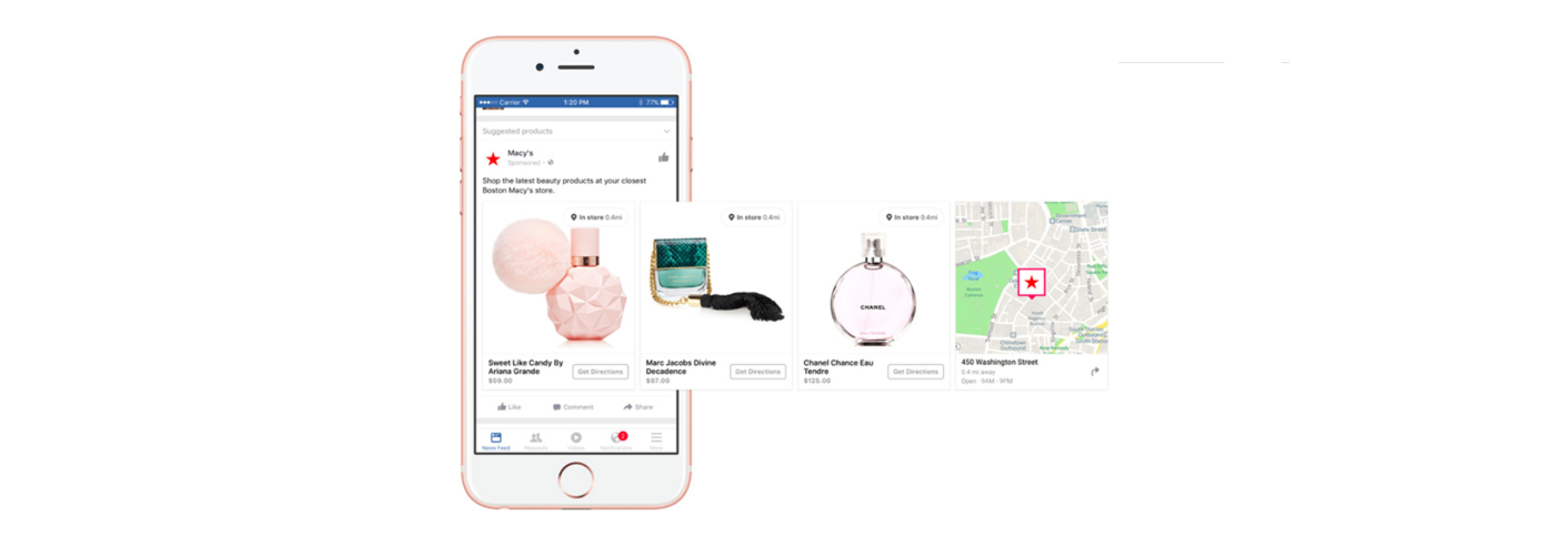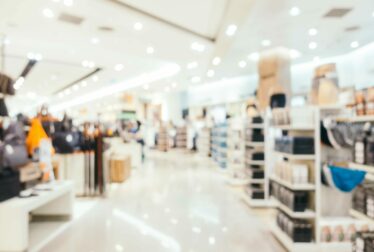1. What is the “Oui pub” device?
The content of the “Ads yes” provision, and its objectives
“Oui pub” is an experimental device that emanates from the law of August 22, 2021 on the fight against climate change and strengthening resilience to its effects, known as the “Climate and Resilience Law”, whose measures are inspired by the proposals of the Citizens’ Climate Convention.
In concrete terms, the measure aims to fight against waste linked to printed advertising distributed in mailboxes (so-called “unaddressed” mail). Once the measure comes into force, advertisers will be prohibited from distributing catalogs and flyers in mailboxes that do not have the “Oui pub” sticker: in other words, a priori, practically none, because whoever would voluntarily choose to receive paper advertising?
The measure is justified, given the pollution and waste generated by this advertising format: in 2019, more than 894,000 tonnes of unaddressed printed advertising material was distributed, a large part of which is not read (study by the Ademe, “What conditions and what potential repercussions of a pilot operation yes to advertising at the scale of a community?”).
Experimentation and implementation planning of the device
Why does “Oui pub” go through an experimentation phase?
The experimentation phase will make it possible to measure many parameters, which once known, will make it possible to deploy the provision more effectively, and with more support on a national scale:
environmental impact
impact on employment
consumer behavior
reduction of community costs related to waste treatment
For the experimental phase, fifteen volunteer communities (out of 25 applications) were selected by Ademe and the Ministry for Ecological Transition, representing a population of 2.5 million inhabitants. Here is the list of the 15 communities selected for the “Oui pub” experiment:
- Grenoble Alpes Métropole (Auvergne Rhône-Alpes)
- Ardèche Drôme waste treatment union (Auvergne Rhône-Alpes)
- Intermunicipal association for the collection and treatment of household waste in Basse Ardèche (Auvergne Rhône-Alpes)
- Joint Intermunicipal Syndicate for the Collection and Treatment of Household Waste in the Pays de Fougères (Brittany)
- Syndicate for the Recovery of Waste from Corsica
- Troyes Champagne Metropolis (Great East)
- Metropolis of Greater Nancy (Great East)
- Urban community of Dunkirk Grand Littoral (Hauts-de-France)
- City of Sartrouville (Ile-de-France)
- City of Bordeaux (New Aquitaine)
- Mixed Intermunicipal Syndicate for Collection and Valorisation, Libournais Haute Gironde (New Aquitaine)
- Agglomeration of Agen (New Aquitaine)
- Ramonville Saint-Agne (Occitanie)
- Community of communes Ubaye Valley Serre-Ponçon (Provence-Alpes-Côte d’Azur)
- Joint Syndicate for waste treatment and recovery, municipalities around Cannes (Provence-Alpes-Côte d’Azur)







